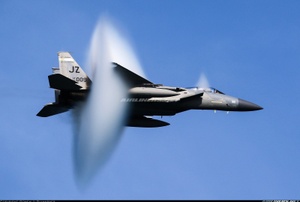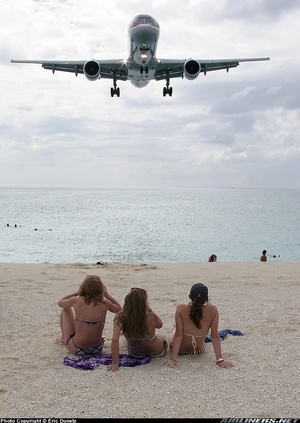Raytheon Hawker Horizon
Details
Country of Origin
United States of America
Type
Super mid size corporate jet
History
Raytheon's Hawker Horizon is an all new `super mid size' corporate jet.
Design work on what became the Horizon was already underway when Raytheon Corporate Jets and Beech merged in early 1995 to form Raytheon Aircraft. The new design, initially labelled PD376 and later Horizon 1000, was one of three projects the new Raytheon Aircraft was working on, along with what became the Premier I. Raytheon worked closely with potential customers for the replacement for the Hawker 1000 in the design definition stage, and their input directly influenced the direction of the new aircraft.
Raytheon formally announced the Hawker Horizon immediately prior to the National Business Aircraft Association's annual convention in November 1996. The Horizon is due to make its first flight in late 1999, followed by certification and first deliveries in the northern spring of 2001.
One of Raytheon's design philosophies in developing the Horizon is to combine the earlier Hawkers' popular characteristics with advanced technologies. Experienced Hawker designers formed the core of the Horizon's design team and the aircraft has been deliberately designed to look and feel like a Hawker.
Compared to the Hawker 1000 the Horizon will have a wider, slightly longer fuselage with a flat floor and stand up headroom and a two tonne heavier max takeoff weight. The Horizon will feature an all composite fuselage which will be manufactured using the automated fibre placement technology developed for the Premier I. The composite fuselage saves weight and increases cabin volume. The empennage features an aluminium sub structure and carbonfibre skin.
Power will be from two digitally controlled Pratt & Whitney Canada PW308A turbofans. P&WC is a risk sharing partner in the program, as is avionics integrator Honeywell (the Horizon will feature Honeywell's Primus Epic avionics suite with five flat panel colour LCDs).
The Horizon's new metal construction supercritical 30o sweep, aft loaded wing will be built by Fuji Heavy Industries of Japan, another risk sharing partner, and will pass beneath the fuselage. Other risk sharing partners include Messier-Dowty (landing gear), Sundstrand, Vickers and AlliedSignal (APU and environmental control system).
Powerplants
Two 28.9kN (6500lb) Pratt & Whitney Canada PW308A turbofans.
Performance
Max cruising Mach 0.84 or 896km/h (484kt). Certificated ceiling 45,000ft. Max range 6297km (3400nm).
Weights
Max payload 1607kg (3570lb). Max takeoff 16,330kg (36,000lb).
Dimensions
Wing span 18.83m (61ft 9in), length 20.52m (67ft 4in), height 5.61m (18ft 5in).
Capacity
Flightcrew of two. Typical main cabin layout will seat eight, with a toilet in the aft fuselage.
Production
Certification and first deliveries planned for the northern spring of 2001. Over 20 orders held at late 1998.
Related Links
Raytheon Hawker Horizon
The backbone of this section is from the The
International Directory of Civil Aircraft by Gerard Frawley
and used with permission. To get your own copy of the book
click here.


















